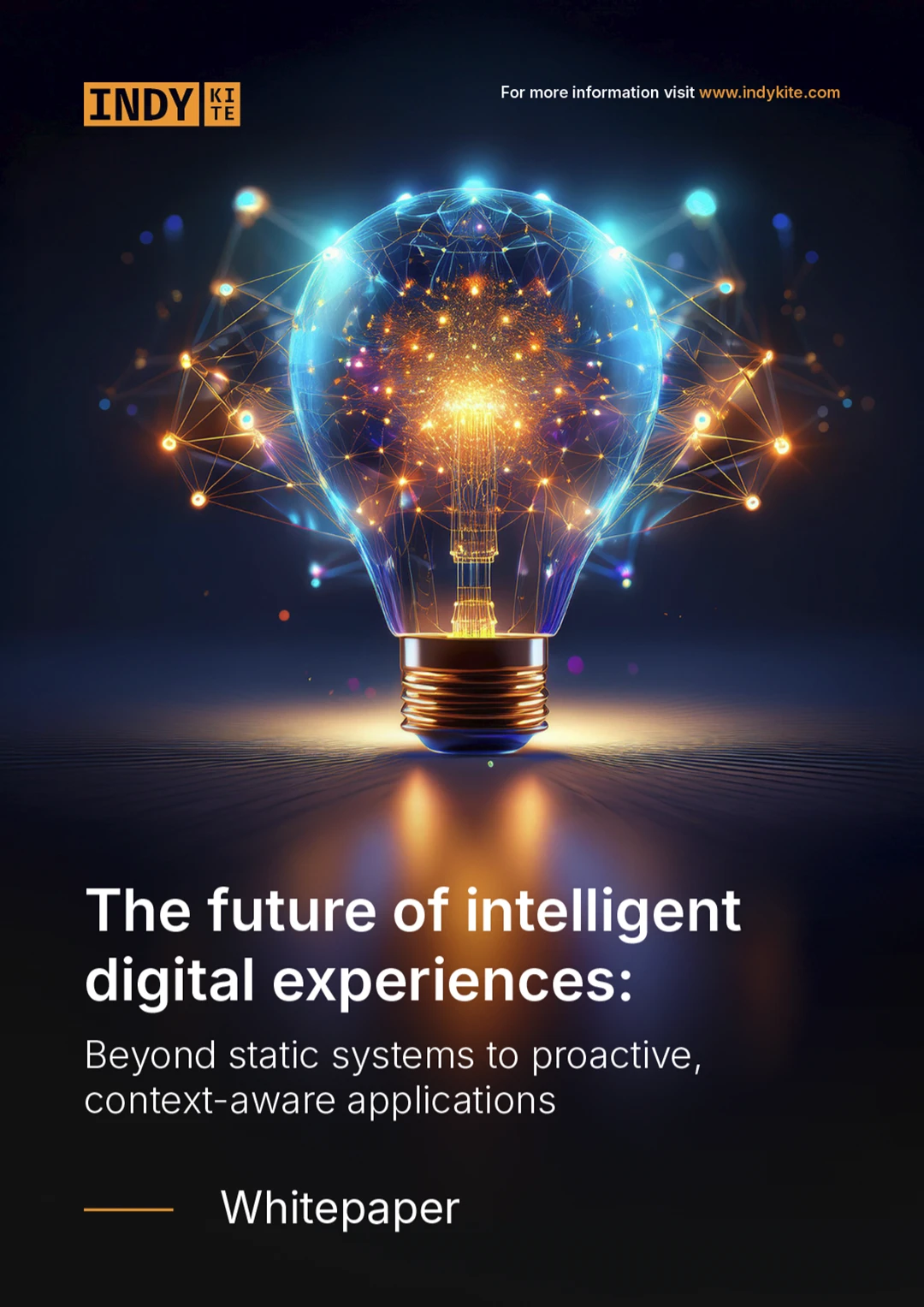Enterprise applications depend on a steady flow of information from multiple systems. Customer platforms draw from CRM and billing records, supply chain tools depend on logistics and inventory data, and risk systems need visibility across transactions and accounts. The challenge is that traditional integration methods – pipelines, ETL jobs, and point-to-point APIs – move data without preserving the relationships that give it meaning. Applications receive values, but much of the context behind them is lost in transit.
Graph data as an integration layer
A graph model can be used to integrate data across systems by creating a shared structure where both entities and their relationships are first-class elements. Instead of shuffling records between applications, the model reflects how those applications overlap, interact, and depend on one another. A customer is not duplicated across CRM, billing, and support — the graph shows the single identity and its connections to every account, transaction, and interaction across the enterprise.
When integration happens this way, the complexity of the enterprise environment becomes navigable. Changes in one system do not break fragile pipelines downstream, because the relationships are captured once in the model and remain consistent as new data sources are connected. Applications draw on the same connected foundation, preserving meaning as information moves between contexts. Integration shifts from being a process of transport to becoming a structural layer of shared understanding.
Applications powered by connected data
When integration is built on a graph model, applications no longer consume isolated records — they operate on a connected fabric that mirrors the way the business actually functions. This unlocks capabilities that are difficult to achieve when data is stitched together through pipelines or batch exports.
Customer engagement platforms can personalise interactions by understanding how a customer connects across accounts, transactions, and services, rather than relying on static profile attributes. Risk management systems can assess exposure by tracing chains of dependency across products and counterparties, capturing concentrations of risk that are invisible in system-specific views. Supply chain applications can model the full path from suppliers through logistics to customers, identifying weak points and testing resilience under disruption.
In each case, the advantage lies in the continuity of context. Applications are not piecing together fragments, but drawing from a structure where meaning is embedded in the relationships themselves. This allows them to respond faster, act more precisely, and adapt as the enterprise environment evolves.
Enterprise benefits of graph integration
Using a graph model for integration gives enterprises a structural advantage. The qualities of the model translate directly into outcomes that matter at scale.
Consistency across applicationsWhen applications all connect to the same graph, they share a common view of data and its relationships. This reduces duplication and conflict, ensuring that customer, product, or policy data means the same thing wherever it is applied. Consistency improves collaboration across teams and lowers the cost of reconciling differences downstream.
Adaptability under change
Traditional integrations are brittle: a schema change or new data source can ripple across pipelines and break dependent systems. In a graph, new entities and relationships can be introduced without redesigning the entire structure. This allows enterprises to onboard systems or expand services quickly, while keeping integrations stable.
Context-rich insights
Because relationships are represented directly, applications can ask more sophisticated questions of the data. Instead of querying for attributes in isolation, they can follow chains of interaction or dependency. This enables fraud detection across accounts, supply chain risk analysis across multiple tiers, and customer experiences tailored to real behaviour.
Governance as part of integration
When relationships and meaning are explicit in the model, governance improves. Policies can be tied to nodes or relationships, ensuring that usage restrictions and obligations travel with the data. Compliance gaps are reduced, and enterprises gain confidence in how applications consume information.
Graph integration is not only a technical shift but an organisational one. It captures the relationships that define how systems, customers, and processes interact, giving applications a consistent and resilient frame of reference.
The next step is ensuring that this connected model can be applied with confidence – carrying governance, context, and meaning into the applications that depend on it. When integration delivers not just connected data but usable intelligence, enterprises gain a resource that supports precision, adaptability, and trust at scale.















